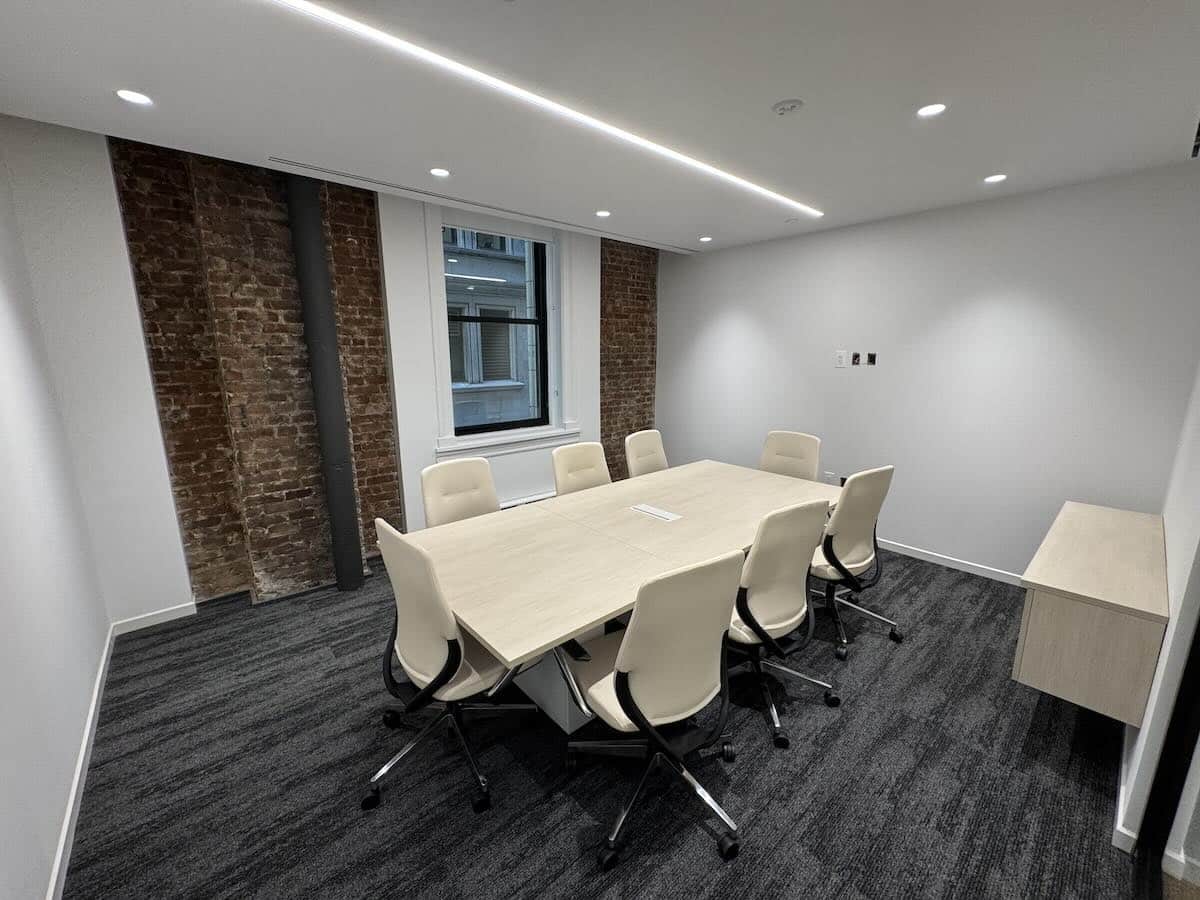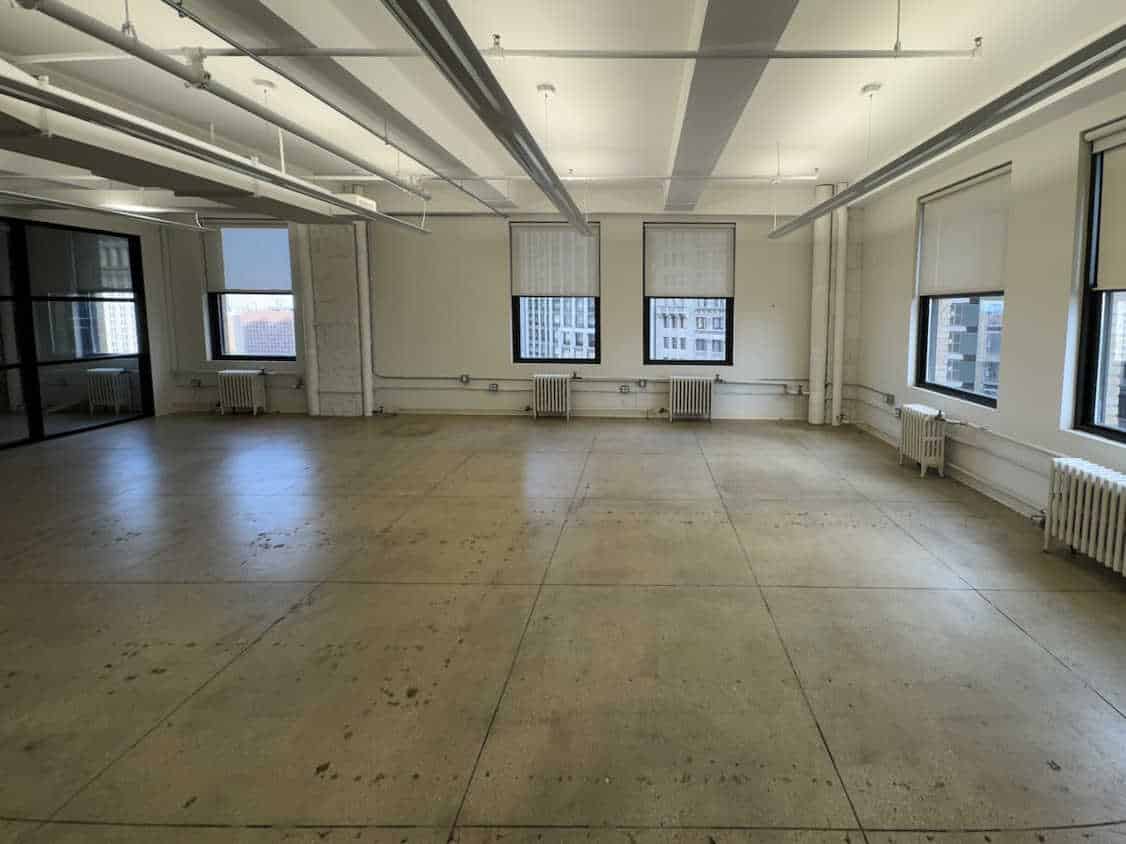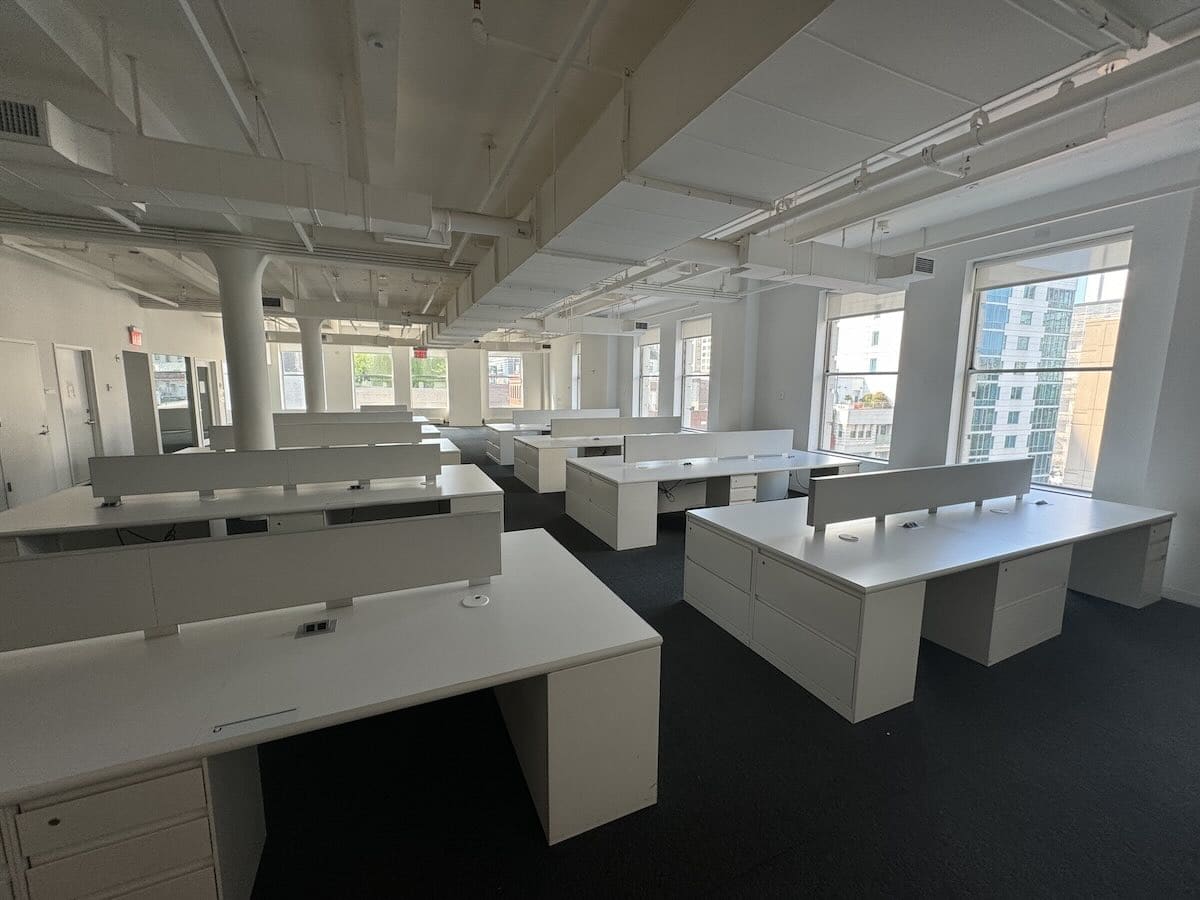The story of WeWork reads like a cautionary tale for ambitious startups everywhere: the company, once heralded as the pioneering giant of the coworking world, has officially filed for bankruptcy. The company’s filing laid bare a staggering $19 billion in debts, starkly contrasting its days as Manhattan’s largest office tenant with a footprint extending across 777 locations in 39 countries. A company already reeling from its rapid expansion, reckless business practices, the failed promises of an IPO, and the pandemic’s upheaval of work habits appears to have reached the end of the road. The fallout from this financial collapse is not just a blow to WeWork’s stakeholders. Still, it sends shockwaves through the entire coworking sector, raising questions about the sustainability of the shared office model.
As WeWork scrambles to streamline its rental portfolio, the industry is left pondering a critical question: What happens next? What is the fate of the coworking spaces that WeWork will leave behind? Will other coworking providers acquire them and save millions of dollars in build-out costs, or will savvy landlords acquire and operate them? This article aims to answer these questions.
WeWork’s Legacy and Downfall
Before looking into our crystal ball to predict the future of coworking spaces, let’s take a step back and chart the course that brought us here in the first place.
A Brief History of WeWork’s Rise and Fall
WeWork began as the shining star of the gig economy, rapidly expanding its domain to become the largest office tenant in Manhattan. Its ascent was meteoric; within a decade, WeWork transformed from a single coworking space to a global powerhouse with an ambitious mission to “elevate the world’s consciousness.” At its peak, the company had a staggering $47 billion valuation. Yet, traditional business metrics did not support this valuation: it was more based on the charisma of its founder, Adam Neumann, and the hype around a new way of working. WeWork’s fall was as dramatic as its rise. The unraveling began in 2019 with a failed IPO, followed by a cascade of layoffs and bailouts. By the time the pandemic struck, WeWork was already wobbling under the weight of its overextension and the scrutiny of its financial sustainability.
The Impact of the Pandemic on WeWork
The arrival of COVID-19 was a hammer blow to an already cracking foundation. WeWork’s model hinged on communal spaces and the synergy of shared environments, was suddenly at odds with the world’s rapid shift to remote work. As occupancy levels plummeted, so did the company’s fortunes. Despite a brief respite with a debt restructuring deal in early 2023, the company’s situation grew dire as it admitted to “substantial doubt” about its ability to continue. The pandemic didn’t just disrupt WeWork’s business—it disrupted the entire concept of coworking, forcing a reevaluation of what shared workspaces should look like in a post-pandemic world.
The Bankruptcy Filing: Details and Immediate Effects
By August 2023, WeWork’s stock plunged 97%. The Chapter 11 filing on November 6, 2023, only confirmed the inevitable and culminated years of financial turbulence and signaled that the pandemic’s changes were more than a temporary setback. WeWork’s decision to renegotiate or abandon leases at “underperforming” locations indicated a seismic shift in the coworking industry, with immediate effects rippling out to affect landlords, creditors, and competitors. In particular, as stated in their restructuring agreement, the ability to reject leases of non-operational locations hinted at a strategic pivot and a downsizing of their once expansive real estate empire.
The Ripple Effect on the Real Estate Market
WeWork’s bankruptcy marks not just the end of its own chapter but also sets the stage for a new beginning in the coworking landscape. This seismic event has sent shockwaves through the real estate market, imprinting its vast footprint on cities worldwide. With WeWork’s former spaces now up for grabs, we are witnessing a pivotal shift in commercial real estate dynamics, reshaping the coworking sector and carrying significant implications for the entire real estate industry.
Real Estate Dynamics Post-WeWork
WeWork’s exit could alter vacancy rates in global business centers. This shift may slow the coworking sector’s rapid growth, especially in places like New York City. Industry experts are closely monitoring these changes. The vacated spaces present challenges in attracting new tenants, but also opportunities for landlords to innovate. Ultimately, the outcome of this situation will reveal urban real estate market trends in the post-pandemic era.
WeWork’s Real Estate Partners: A Closer Look
WeWork’s portfolio features a complex network of leases with major city landlords. Additionally, iconic buildings like the Brill Building at 1619 Broadway and 77 Sands Street’s former industrial complex in Brooklyn form part of WeWork’s diverse real estate catalog.
Landlords of these buildings face significant financial stakes, with millions in rent involved. Furthermore, WeWork’s lease agreements are intricate, often containing clauses now up for renegotiation or litigation due to the company’s bankruptcy. Each landlord’s response to this situation is crucial. Their strategies will shape the market’s future and set precedents for coworking real estate dealings.
The Fate of WeWork’s Vacated Spaces
In the wake of WeWork’s bankruptcy, a pressing question looms: what will become of the vacated WeWork spaces? Moreover, as the industry confronts this newfound gap, the future of these spaces hangs in a delicate balance, presenting both challenges and opportunities.
The Potential for Other Coworking Entities to Step In
Among the contenders eyeing WeWork’s relinquished territories, established coworking entities like IWG (Regus’s owner) are openly interested. , could expand their market share. After all, IWG’s CEO, Mark Dixon, has been openly considering taking over WeWork sites. This move won’t just be about occupying space. It’s a strategic decision, potentially saving millions in setup costs.
Financially, IWG seems capable of handling WeWork’s acquisition. In 2023, they reported a 14% rise in half-year revenue, reaching $2.0 billion. Additionally, they maintained a 48% EBITDA growth year-on-year and a positive cash flow of $198.41 million from business activities.
Industry-wise, acquiring WeWork’s ready spaces could benefit competitors. It allows quick scaling without high startup costs. However, these takeovers involve complex logistics. They require negotiations with landlords, evaluating liabilities, and aligning these spaces with the acquirer’s business model and culture.
Could Investors Acquire WeWork Facilities and Operate Them as a New Entity?
One scenario is that a private equity firm could acquire WeWork. They know doing so is a step beyond a typical real estate investment. Running these spaces under WeWork’s brand leverages its reputation for high-end, modern facilities, creating vibrant office communities and adding tangible value.
Moreover, WeWork’s spaces stand out with advanced technology and stylish interiors. Investors can maintain and improve this appeal, keeping the spaces attractive to today’s entrepreneurs and combining a well-known brand with practical, high-quality workspaces. Most importantly, it represents a smart, forward-looking investment opportunity.
Landlords’ Perspectives: Acquisition and Self-Operation
For landlords, the departure of WeWork opens up a spectrum of possibilities. Some may take over and operate these coworking spaces for potentially higher returns than traditional leases. However, this path is fraught with challenges. These challenges include the need for operational expertise in managing flexible workspaces and understanding the nuanced demands of a coworking clientele. There have been successful transitions, though; case studies reveal landlords who have embraced this model, leveraging the existing infrastructure and transforming these spaces into profitable ventures. This shift requires a deep dive into the economics of coworking, assessing market demand, and a strategic approach to community building.
The New Normal: Coworking Spaces Post-WeWork
The aftershocks of WeWork’s bankruptcy still resonate. Not only are complex lease renegotiations and terminations in the spotlight. The industry also faces formidable challenges: adapting to the demands of a post-pandemic world and learning lessons from WeWork’s fall.
The Complexities of Lease Renegotiations and Terminations
WeWork’s lease cancellations activate many legal mechanisms, from bankruptcy code provisions to contract law. These mechanisms enable insolvent companies like WeWork to shed burdensome leases, offering a fresh start and leaving landlords confronting sudden vacancies. The strategic balance of renegotiating these leases is delicate, with WeWork aiming to minimize losses. At the same time, landlords seek to protect their investments. WeWork’s restructuring efforts, including the potential rejection of leases at underperforming locations, further complicate things. Both parties are diving deep into legal strategies and financial forecasting to emerge with favorable terms.
The Big Picture: Coworking Spaces in a Post-Pandemic World
The coworking model is at a crossroads, with the pandemic dramatically reshaping notions of office space. With coworking spaces pivoting to accommodate hybrid work models and increased demand for short-term, flexible leases, flexibility is paramount. As companies reassess their need for space and workers seek proximity to home, coworking spaces emerge as hubs for innovation and collaboration tailored to this new reality.
Lessons Learned from WeWork’s Model
WeWork’s ascent and subsequent descent provide a wealth of insights into the coworking business model’s viability. At its core, WeWork’s model banked on continuous expansion and high occupancy rates—factors that proved unsustainable. The critical lesson here is the importance of financial prudence and the need for a business model that can withstand market fluctuations. Additionally, WeWork’s experience underscores the need for coworking spaces to maintain operational flexibility and to be responsive to the evolving work culture. For the coworking industry, the story of WeWork is a cautionary tale that highlights the necessity of balancing growth with stability.
The Key Takeaway
WeWork’s dramatic downfall closes a chapter on one of coworking’s biggest names, leaving the industry at a crossroads. With billions in debt and empty offices in its wake, WeWork’s crisis prompts a vital question for the future of shared workspaces: Who will step in to fill these voids? As coworking giants and landlords eye these vacated spaces, they hold the potential to redefine coworking’s next chapter. However, the real test will be forging a path that honors community and innovation without repeating past mistakes. What becomes of these coworking spaces may not only shape the future of an industry. It will also reflect the evolving preferences of a workforce forever changed by a global pandemic. Time will tell what happens.





















